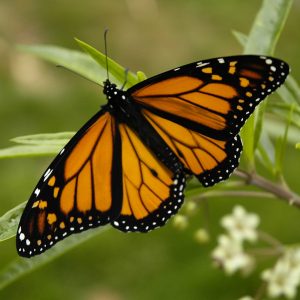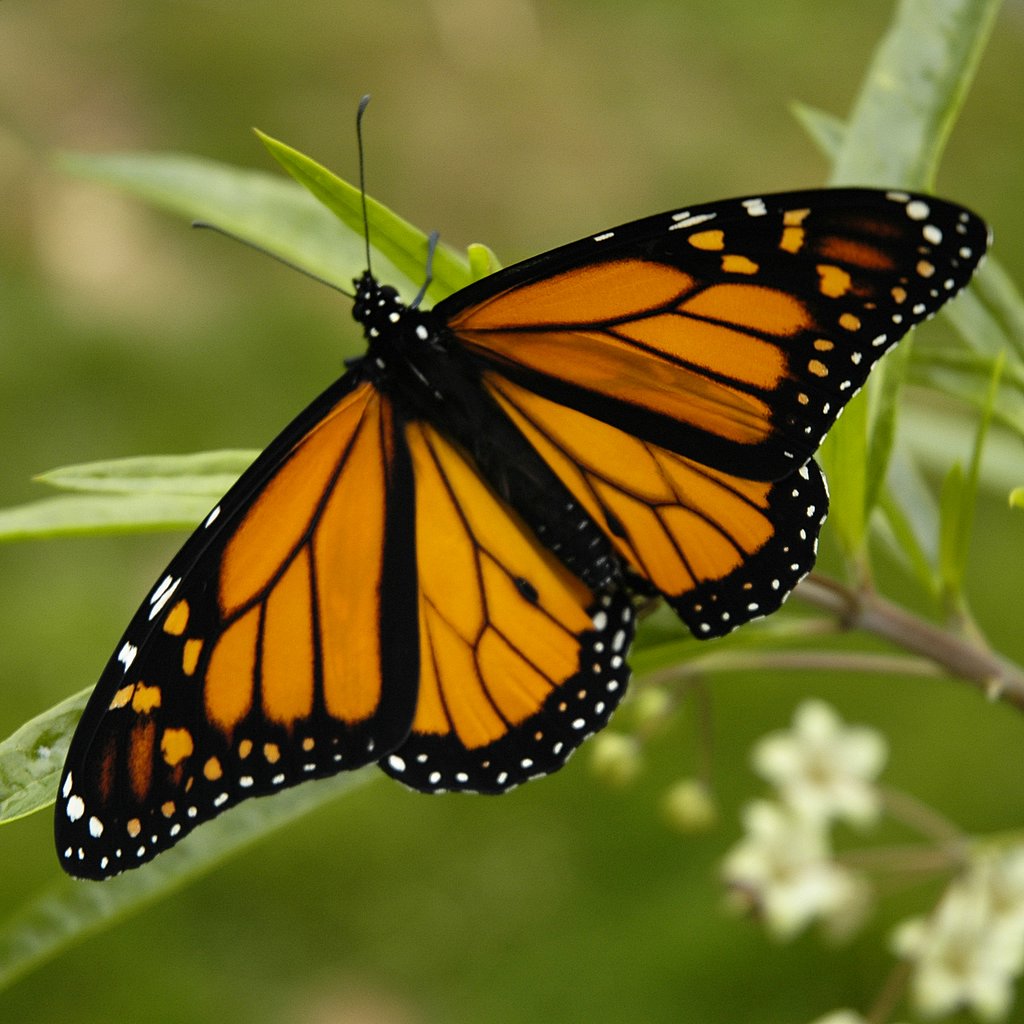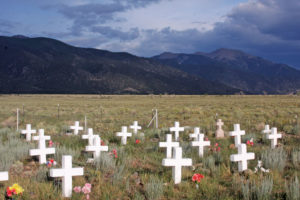By Tina Mitchell
While birding in Arizona, we had been searching for an hour or so, scanning among the treetops for warblers. Whenever I’d look down to give my neck a break, I’d notice colorful butterflies wafting lazily along. Why were we working so hard to see tiny flitting birds when butterflies – equally colorful, less frenetic – were practically tripping us? Stunning colors, bold patterns, frequent pauses at or below eye level – how hard could identifying those lovelies be?
Yeah. Well. I couldn’t have been more wrong. Forewing, hindwing; upperside, underside; male, female – each different, often dramatically so. Once you try to get a good look, you realize that butterflies are hardly slow. Add the fact that our binoculars, so wonderful for birding, couldn’t focus close enough to provide even the slightest chance to ID a butterfly, and you have a recipe for mega-frustration.
So why did my husband and I volunteer as butterfly monitors on a three-mile trail through a variety of habitats last summer? I really can’t tell you.
 But we learned a lot about identifying butterflies. First rule – make sure it actually is one. Both butterflies and moths belong to the order Lepidoptera (from Greek, “scaled wings,” a nod to tiny scales creating the wing patterns). Lepidpotera bursts with moths – 89-94 percent of the order’s species. So make sure you’re looking at a butterfly rather than a moth. Look at the antennae (with those close-focus binos you should own). A butterfly’s antennae are long and club-shaped; a moth’s, feathery or saw-edged. Both have four wings: two on each side, the forewing and the hindwing. Butterflies’ fore- and hindwings operate independently to create a fluttering flight. Moths, though, have a frenulum, which joins the forewing to the hindwing, resulting in a choppier flight. At rest, butterflies tend to fold their wings vertically up over their backs; moths, open flat over their bodies. Butterflies are primarily diurnal; moths, often nocturnal. Butterflies generally display striking colors, especially on the wings’ uppersides; moths, more often dull (although some spectacularly colored moths exist in the world).[InContentAdTwo]
But we learned a lot about identifying butterflies. First rule – make sure it actually is one. Both butterflies and moths belong to the order Lepidoptera (from Greek, “scaled wings,” a nod to tiny scales creating the wing patterns). Lepidpotera bursts with moths – 89-94 percent of the order’s species. So make sure you’re looking at a butterfly rather than a moth. Look at the antennae (with those close-focus binos you should own). A butterfly’s antennae are long and club-shaped; a moth’s, feathery or saw-edged. Both have four wings: two on each side, the forewing and the hindwing. Butterflies’ fore- and hindwings operate independently to create a fluttering flight. Moths, though, have a frenulum, which joins the forewing to the hindwing, resulting in a choppier flight. At rest, butterflies tend to fold their wings vertically up over their backs; moths, open flat over their bodies. Butterflies are primarily diurnal; moths, often nocturnal. Butterflies generally display striking colors, especially on the wings’ uppersides; moths, more often dull (although some spectacularly colored moths exist in the world).[InContentAdTwo]
Roughly 17,000 butterfly species have been identified worldwide; the U.S. has less than five percent (750) of those species. The Queen Alexandra Birdwing from Papua, New Guinea holds the record as the largest known butterfly, with a wingspan of 11 inches; the Western Pygmy-Blue (wingspan, one-half inch) is the smallest. The most common is the Cabbage White, found in Europe, North America, Africa, Asia, Australia and New Zealand – and probably your yard.
More than 230 butterfly species have been documented in Colorado. In 1996, the state’s Congress declared the Colorado Hairstreak the official state insect of Colorado, thanks to lobbying by 4th graders from an Aurora elementary school. Colorado Hairstreaks depend on Gambel’s oaks – a rather common tree in central Colorado – as a favorite roost for adults and food source for caterpillars. So keep your eyes peeled for this stunning black-and-iridescent-purple beauty as you travel through that habitat.
Butterflies move through four stages of metamorphosis: eggs (3-10 days); larva (a.k.a. caterpillar, 4-8 weeks); pupa (chrysalis, 7-10 days); and adult (2-4 weeks). In cooler climates, butterflies need to survive the winter. Only a few species, such as Monarchs, migrate to warmer latitudes. Some pass the winter as eggs; others as partly grown larvae or pupae. A few (e.g., Mourning Cloaks) overwinter as adults, emerging to fly about on unusually warm late winter days.
The largest species (e.g., Monarchs, Swallowtails) easily grab our attention, but the true diversity lies among the more numerous smaller butterflies. Until the recent advent of close-focus binoculars and lightweight digital cameras, though, identifications by amateurs in the field have been challenging because of the need to see tiny details. As butterfly monitors, we would have identified only two species on our assigned route – the distinctive Western Tiger Swallowtail and the ubiquitous Checkered White. But thanks to Zell’s photography skills, we notched another 10 species by comparing his pictures with several field guides: Weidemeyer’s Admiral; Clouded, Orange and Dainty Sulphurs; Gorgone Checkerspot; Field Crescent; Painted Lady; Variegated Fritillary; Common Wood-Nymph and Common Checkered-Skipper.
Butterfly season in Colorado stretches from mid-May to mid-September, or even later with a warm fall. So keep your close-focus binoculars at hand – or better yet, your camera at the ready – and get up close and personal with what science fiction writer Robert A. Heinlein referred to as “self-propelled flowers.”
To paraphrase Dr. Niles Crane from Frasier paraphrasing Muhammed Ali , “… float like a lepidopteran and sting like a hymenopteran.” (in case you couldn’t guess, “hymenoptera” (membrane-winged) refers to the family of ants, wasps and bees). Hopefully, you’ll skip the “sting” part.

The Natural World – Butterflies
More from 2016 MayMore posts in 2016 May »


